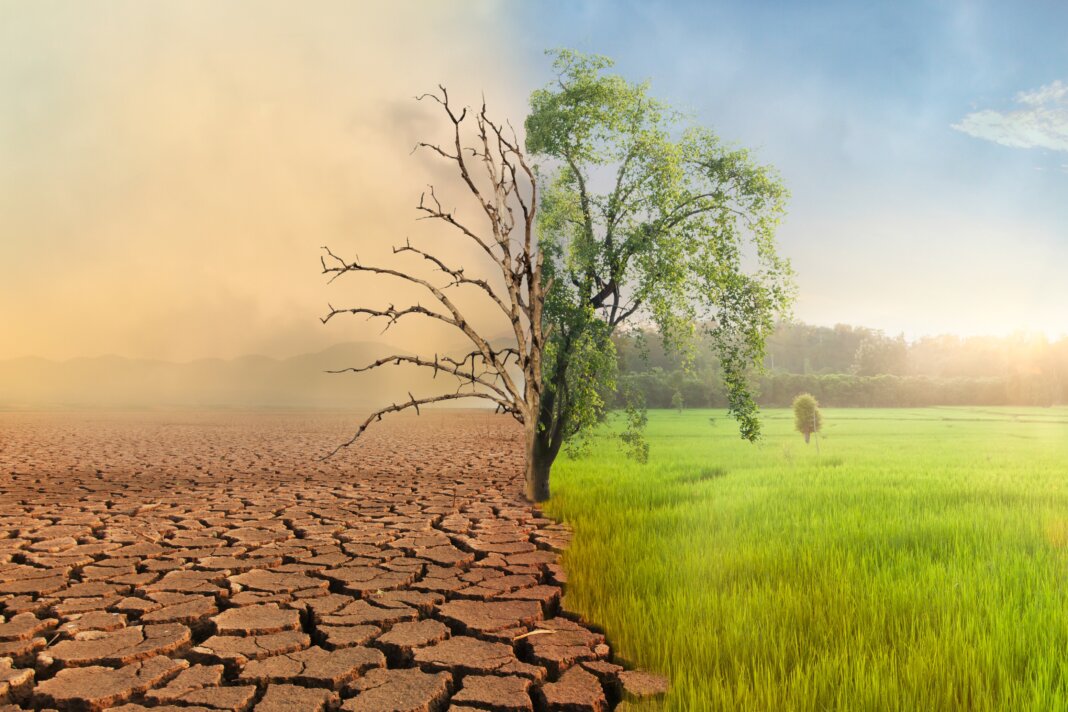How Climate Change Is Changing the Air We Breathe and Impacting Lung Health
By Beth Rush
The impact of climate change is unprecedented, encompassing a range of effects, from rising ocean levels to reduced survival rates among animals. However, there are more subtle effects that have dire consequences when you look closer. One example is how it changes the atmosphere.
How Does Climate Change Affect Our Air?
Climate change can affect the air’s composition, temperature and more. Here are five main effects and their consequences.
1. Drier Air
Climate change leads to global warming, which many people experience through changes in temperature. It also causes a phenomenon known as a high vapor pressure deficit (VPD). This air dryness happens as water evaporation is amplified across ecosystems.
High VPD is becoming more frequent in numerous areas of the United States. Summer conditions are projected to push VPD too high by 2060 to 2099, making the deficit unable to saturate the air with water.
Unfortunately, these conditions can exacerbate airway inflammation and lead to lung diseases. They can also exacerbate the conditions of people already coping with respiratory diseases like asthma and chronic obstructive pulmonary disease
2. Higher Temperatures
Climate change and global warming also cause sweltering environments. Discomfort aside, these higher temperatures can cause you to sweat more, leading to dehydration. Chronic dehydration can affect the healthy function of your organs, immune and digestive systems, joints, and even your brain. It also leaves your airways without lubrication, making it hard to breathe.
Lungs may cope with dehydration by triggering rapid breathing. Unfortunately, dry air can offer minimal to zero relief. Drinking water and replenishing your bodily fluids can combat these health consequences.
If you’re experiencing shortness of breath due to heat exhaustion, consider finding a cool place to rest. Emergency services are also helpful, especially when experiencing symptoms of heat stroke.
3. More Pollution
The air is filled with many pollutants, most of which are created by human activities. Carbon dioxide is one of the most commonly known gases that traps heat and contributes to the destruction of the ozone layer, thereby exacerbating global warming.
Other short-lived climate pollutants include black carbon and methane. These pollutants influence weather processes and lessen agricultural yields, affecting the environment and food security. For context, methane is about 84 times more potent than CO2.
Unfortunately, climate change can worsen air pollution levels. Warm weather can be a breeding ground for these harmful gases to linger in the air.
4. Increased Allergens
Climate change also affects the amount of allergens in the air. Due to warmer weather, pollen production rose by about 21% in 2023. It’s expected to worsen, with scientists estimating that some plant species will ramp up production by 250% over the next 60 to 80 years.
Global warming can lead to increased rainfall and flooding. As a result, the atmosphere will produce more moisture, increasing the likelihood of mold. Aside from releasing spores to trigger allergic reactions, this effect can also worsen other respiratory diseases.
5. More Extreme Weather Events
One of the most significant ways climate change impacts the air is through more extreme weather events. Isolated instances like forest fires are harmful to your lung health. Wildfire-related carbon emissions increased by 60% around the world between 2001 and 2023, showcasing their contribution to air pollution.
How to Protect Your Lungs and the Environment
Climate change harms both your lung health and the environment as it affects the air. It’s important to make several changes to protect both factors. Here are some suggestions on what you can do to safeguard yourself and the Earth:
✔️ Avoid smoking: Smoking can be detrimental to your lung health. It also contributes pollutants to the environment, which can worsen air quality for you and everyone around you. Consider seeking help and quitting the habit.
✔️ Stay hydrated: Drinking water can help you combat air dryness and high temperatures, as it lubricates your airways and helps your lungs. Tap water has a lower environmental impact, as its carbon footprint is 300 times smaller than that of bottled water.
✔️ Get an electric vehicle: Consider switching to an electric vehicle. These cars are more environmentally friendly compared to gasoline-powered ones and can keep your lungs pollution-free.
✔️ Wear face masks: If you’re sensitive to dry and dirty air, wear face masks to limit your exposure. Disposable ones can create waste for the environment, so consider cloth-based ones and other reusable options.
✔️ Use an air purifier: The atmosphere outside can affect indoor air quality. Consider using an air purifier with HEPA filters to free your indoor environment of airborne pollutants and allergens from outside.
✔️ Spread the word: Slowing climate change is the best way to regulate air quality, but it requires a collaborative effort from everyone. Share what you know with friends, families, and colleagues. You can also participate in eco-friendly organizations and do your part to help the environment.
Help Your Health and Your Surroundings
It’s imperative to realize how climate change affects the air and increases risks to human health. The sooner you have that knowledge, the more cautious you can be in your daily life. Follow the tips above to keep your lung health and the environment in better shape.
About the author: Beth Rush is the green wellness editor at Body+Mind, where she covers topics like the power of climate consciousness at all stages of education. You can find Beth on Twitter @bodymindmag. Subscribe to Body+Mind for more posts by Beth!
